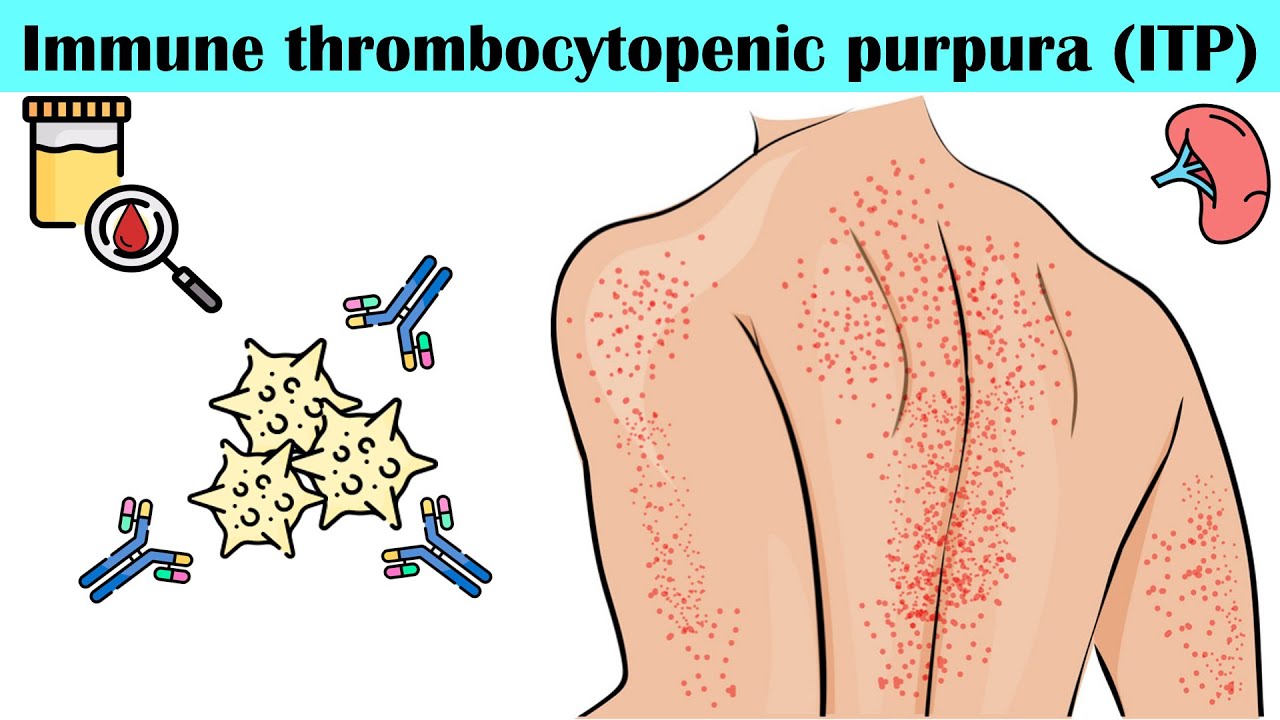The Allergy / Immunology Channel
April 2, 2012 • Allergy / Immunology, Family Medicine, Internal Medicine, Nurses/NP/PA, Reuters Health • The Doctor's Channel Newscast
NEW YORK (Reuters Health) – An investigational formulation of azelastine and fluticasone (MP29-02) is more effective than either agent alone as intranasal therapy for moderate-to-severe seasonal allergic rhinitis (SAR), according to the pooled results of three randomized, controlled trials.
“This provides sound clinical evidence, for the first time, that intranasal antihistamines and corticosteroids have complementary pharmacologic effects on the pathogenesis of AR,” Dr. Warner Carr, with Allergy and Asthma Associates of Southern California in Mission Viejo, and colleagues comment in their report in the Journal of Allergy and Clinical Immunology online March 14
The international team conducted three 14-day trials involving 3398 patients with moderate-to-severe SAR during different allergy seasons. Participants administered 1 spray to each nostril twice daily of MP29-02 (137 mcg azelastine/50 mcg fluticasone propionate), or azelastine 137 mcg, or fluticasone 50 mcg, or vehicle placebo.
The investigators combined the results of the trials in a meta-analysis, with the main outcome being the reduction in baseline total nasal symptom score (0-24) over the treatment period. The reduction with MP29-02 (-5.7) was significantly greater (p
“MP29-02 had an onset of action of 30 minutes, and the clinical benefit was observed during the first day of assessment and sustained over the entire course of treatment,” the authors note.
Also, in patients with total baseline scores higher than 19, the difference in reduction in symptom score between MP29-02 compared with fluticasone (difference, -0.8) or azelastine (difference, -1.1) was greater than in patients with less severe symptoms (respective differences, -0.6 and -0.8).
“Taken together,” Dr. Carr and colleagues conclude, “these results show that MP29-02 can be considered the drug of choice for AR therapy because it offers additional benefit to patients with AR, in particular with moderate-to-severe disease.”
MP29-02 (tentatively called Dymista) is currently under review by the US Food and Drug Administration, according to a release posted by the Swedish developer Meda on March 5.
SOURCE:
Allergy Clin Immunol 2012








